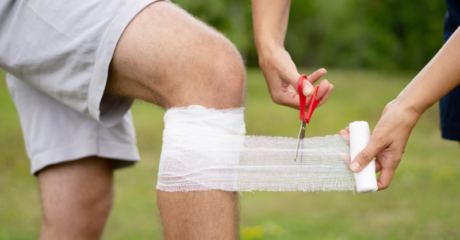
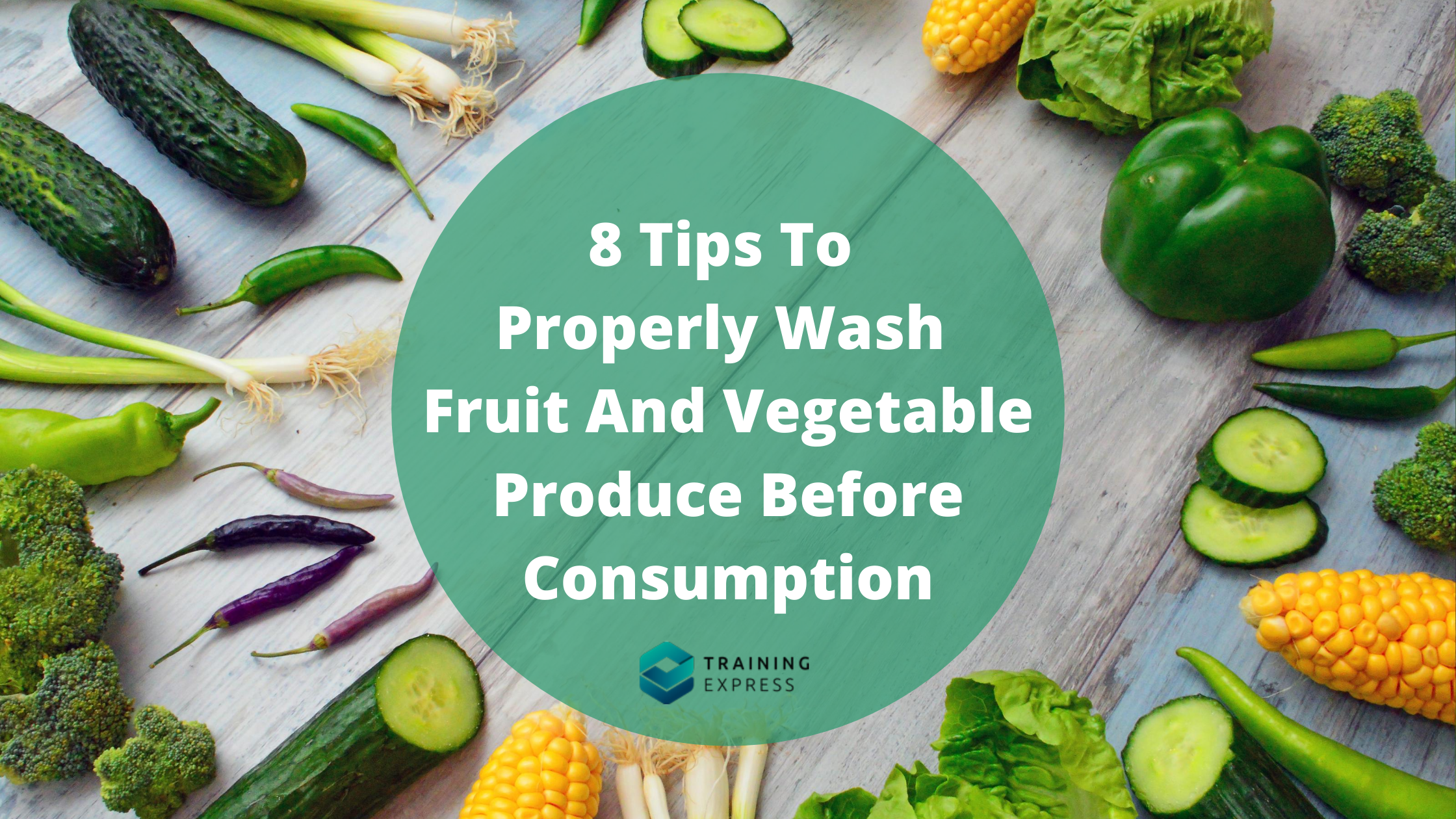
Washing fruits and vegetables is very important for food safety. So, you might be looking for some effective tips to properly wash fruit and vegetable. In this article, I’ll walk you through the effective ways that would help you wash your fruits and vegetables properly and keep them fresh. But before you jump into the tips, you should know why it is important to wash fruits and vegetables before consumption. Now, let’s dive right in.
Table of Contents
Why is Washing Fruits and Vegetables Important?
Fruits and vegetables undergo quite a long journey from the farm to your hands. And, they come in contact with different contaminants such as dirt, dust, wax, bacteria, virus, and so on. All these have the potential to cause illness and some can cause severe foodborne diseases such as diarrhoea, food poisoning, etc.
Furthermore, the COVID-19 pandemic has taken the importance of washing fruit and vegetable produce to a new level. As coronavirus can rest upon these produces, so if you don’t wash them properly before consumption, you may get in touch with that virus. Before the pandemic situation, only washing was OK. But now, another term has been added to food hygiene and safety practices and it is sanitizing fruits and vegetables which is more than just a mere wash. However, sanitizing can be done through washing.
As you consume raw fruits, you must wash them thoroughly to get rid of the contaminants and avoid foodborne illnesses. In the case of vegetables, we consume them after cooking. But who doesn’t like to have a green salad with his meal? And salad comes from vegetables you know. So you have to wash the fruits and vegetables before eating them to avoid those unwanted things that you wouldn’t want to eat. Moreover, washing fruits and vegetables is important for keeping them fresh for longer.
8 Tips to Properly Wash Fruit and Vegetable Produces
Follow these simple ways to wash your fruits and vegetables properly and ensure food hygiene and safety.
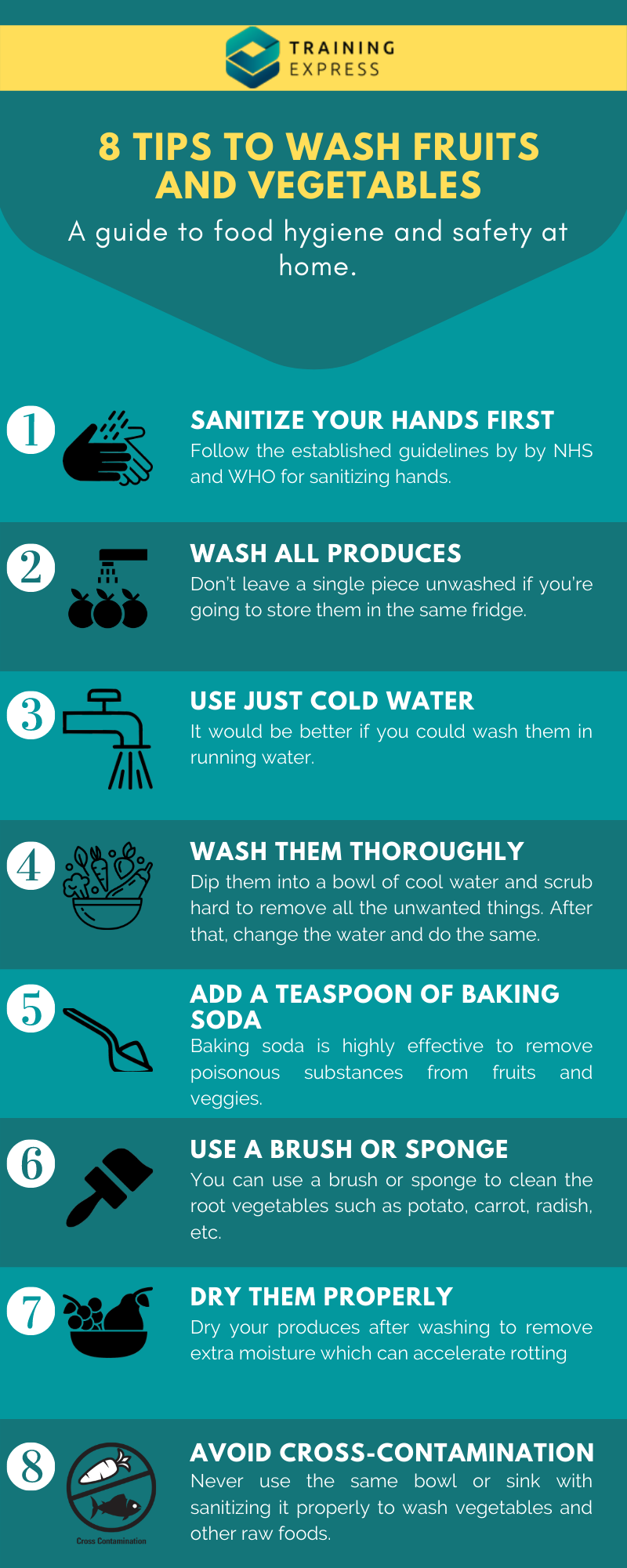
1. Sanitize your hands first
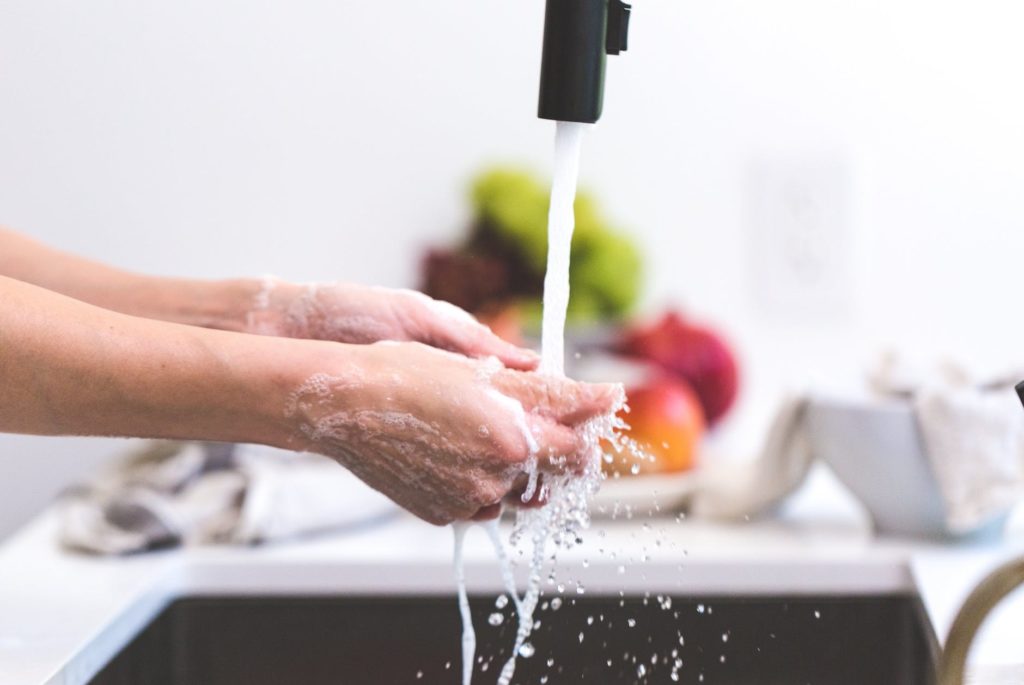
Food hygiene begins at a very personal level. You won’t want to contaminate your fruit and vegetable produces with the germs on your hands. So you must sanitize your hands first before touching the produces. Follow the established guidelines to sanitizing hands by NHS and WHO. That means wash your hands thoroughly with soap and clean water for at least 20 seconds.
If your hands are clean and free of any visible dirt, an alcohol-based hand sanitizer can sanitize your hands completely. Take 3-5 ml of hand sanitizer on your palm and rub your both hands thoroughly up to your wrists.
2. Wash all produces
Wash all your fruit and vegetable produces after returning home from shopping. Don’t leave a single piece unwashed if you’re going to store them in the same fridge. There would be a possibility to spread germs from those unwashed pieces. So wash everything properly even you peel or cook them before consumption.
However, it is recommended for some specific less lasting fruits and veggies such as berries and green leaves not to wash them before you’re ready to eat. It is because washing them would add up extra moisture which is a favourable condition for bacteria to grow.
3. Use just cold water
You might be thinking of using soap or a special cleaner or spray to sanitize your fruits and vegetables. The current pandemic situation may trigger your thought. But it’s not a wise choice. The surfaces of fruits and vegetables are highly porous.
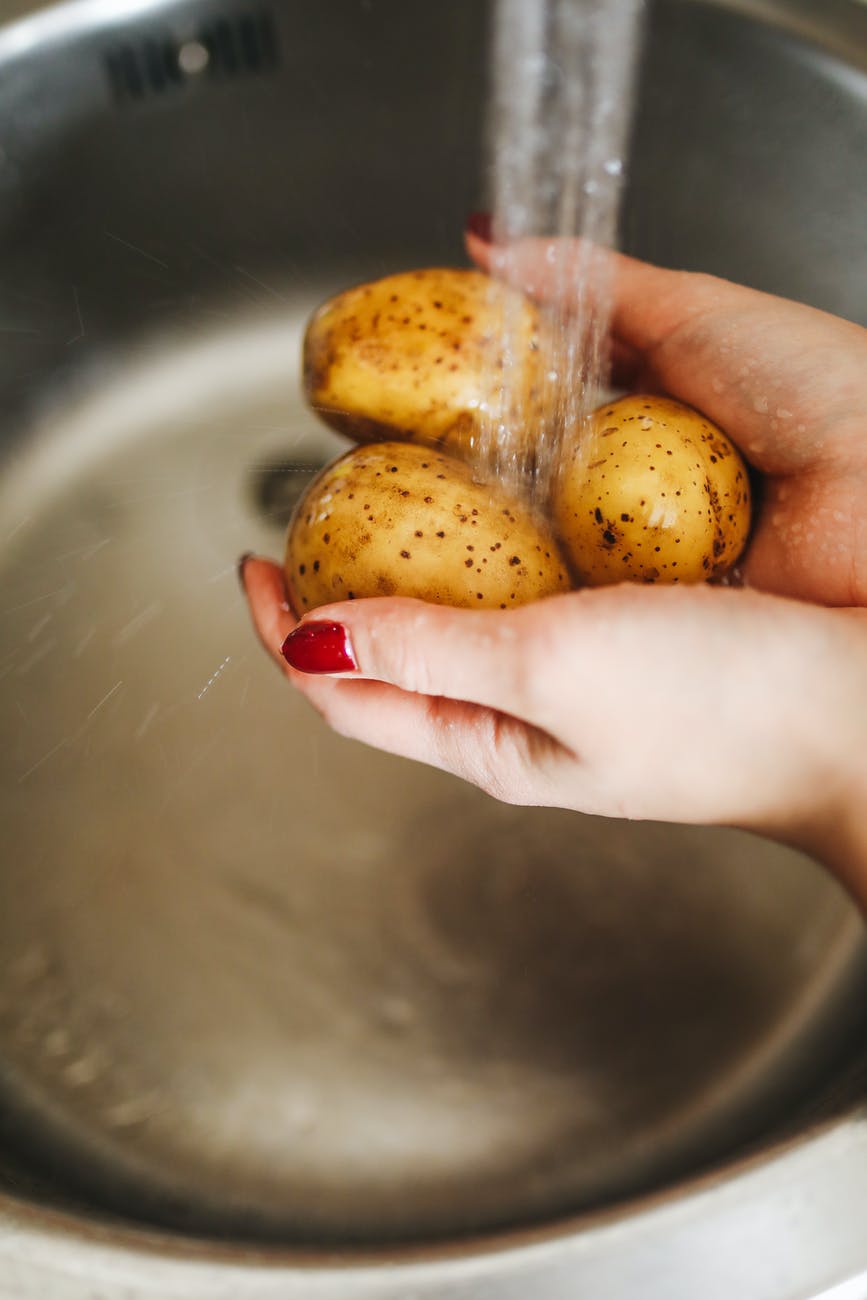
So, if you wash them in a cleaning solution, there will be a high potential of seepage of unwanted materials into your produces. This will affect the taste of your produces and can do additional harm. Even a gentle soap which you use for washing your face can cause stomach distress.
So, experts suggest not to use any additional cleaner or soap to wash fruits and vegetables. Even you shouldn’t use hot water. Because it will damage the cells and the barks of your fruits and vegetables and provide pathways for pathogens and germs to get into them. Moreover, hot water will reduce the longevity of your produces. So, use only cold water to wash them and rinse thoroughly for 1 minute before consumption. It would be better if you could wash them in running water.
4. Wash them thoroughly
A cold water bath is enough to remove the contaminants from your produce. But you need to be thorough in washing them. If you’re washing vegetables like cabbage, lettuce or other leafy greens, remove the outer layer of leaves before washing them and then clean the inner layers properly. Remove any visible spots or damage on your fruits or veggies as they can harbour bacteria. Then dip them into a bowl of cool water and scrub hard to remove all the unwanted things. After that, change the water and do the same.
5. Add a teaspoon of baking soda
If only a cold water wash can’t satisfy you, you can add some baking soda into the water to take it a step further. Baking soda is highly effective to remove poisonous substances from fruits and veggies. Add a teaspoon of baking soda into the water and soak the produces for 12 to 15 minutes. After that, wash them thoroughly as described before.
6. Use a brush or sponge if necessary
Some vegetables are tough to clean properly with bare hands, especially the root vegetables such as potato, carrot, radish, etc. So, while washing them, you can use a brush or sponge to clean them properly.
7. Dry them properly
If you intend to store fruits and vegetables after washing them, you must dry them properly. Because moisture harbours bacteria and provides a suitable environment to grow up. Though these bacteria may not be that harmful to cause illness, they can damage your fruits or veggies soon and reduce their longevity. So, suddenly you would discover the produces are rotting soon which you don’t want to see. So, dry them after washing. However, you don’t need to dry them if you eat them immediately after washing.
8. Avoid cross-contamination during the wash
Cross-contamination is a common phenomenon in kitchens. It happens when raw foods such as meat, fish, poultry, vegetables are put in close contact, even during washing them. It poses a great risk to food safety. So you must avoid cross-contamination while washing your fruits and vegetables. Never use the same bowl or sink with sanitizing it properly to wash vegetables and other raw foods. You must change the water after washing your foods and never use the used water for another wash.
Closing Note
Now let’s conclude here. You’ve learned about the effective tips to properly wash fruit and vegetable produces. If you’re more concerned about food safety and hygiene at your home, you can consider taking online training on this. Training Express has come up with a bunch of online courses on food hygiene and safety and you can pick your desired course from there. However, it would be best to start learning from the beginner level if you don’t have much idea about food hygiene and safety. In that case, you can start with our Level 1 Food Hygiene and Safety.
So, without wasting your time, enrol now and get certified today.
Found it helpful? Share with your friends and family.
Learn More
- Available Courses
- Career Bundles73
- Animal care5
- Law8
- Quality Licence Scheme Endorsed111
- Teaching13
- Teaching & Academics Primary27
- Accounting & Finance Primary30
- Training3
- Design9
- IT & Software44
- Healthcare126
- Marketing31
- Health and Safety402
- Construction48
- Electronics25
- Hospitality22
- Health and Social Care219
- Child Psychology37
- Management377
- Business Skills268
- First Aid70
- Employability264
- Safeguarding75
- Food Hygiene103
- Personal Development1277
 Food Hygiene
Food Hygiene Health & Safety
Health & Safety Safeguarding
Safeguarding First Aid
First Aid Business Skills
Business Skills Personal Development
Personal Development






